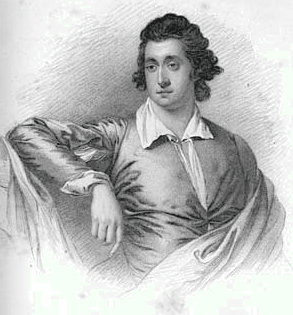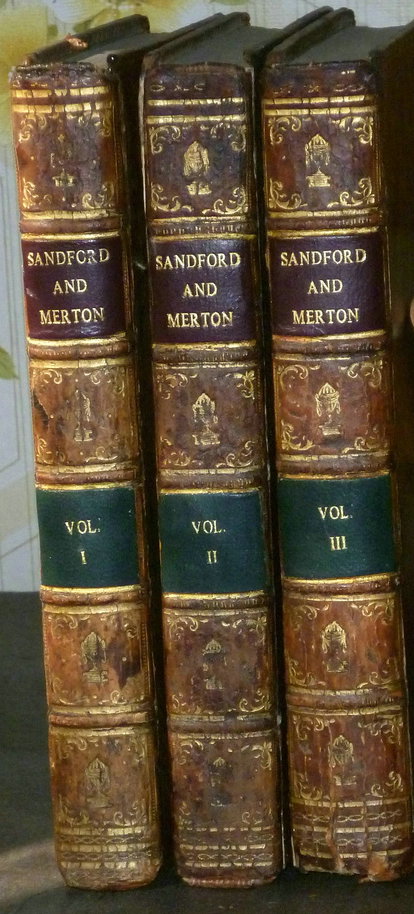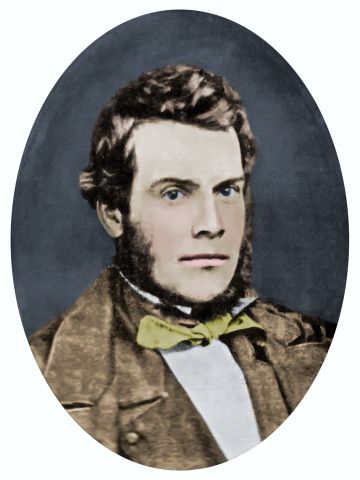 |
|
| Home History Eng. Lit Novels Compilations and editorial work Articles Reviewers' comments Gallery Contact me | |
Peter Rowland
Biographer and Historian
www.peterrowland.org.uk
 |
|
| Home History Eng. Lit Novels Compilations and editorial work Articles Reviewers' comments Gallery Contact me | |
Peter Rowland
Biographer and Historian
www.peterrowland.org.uk
HistoryThe Last Liberal Governments: The Promised Land, 1905 - 1910
Five years later, at the end of a gruelling period of battles, disappointments and moderate achievements, the Liberals crawled back to office for the third and last time. The splendid majority of 1906 had disappeared for ever. Henceforth, confronted by an increasingly vociferous Opposition, they would be dependent upon the Labour Party and Irish Nationalists for their continuance in power. Why had things gone so disastrously wrong for them? The book is a mixture of narrative and analysis, seeking a solution to a real-life mystery story - and, in the process, covering some exciting and unparalleled events. 404 pages; published in the UK by Barrie & Rockliff (The Cresset Press) in 1968 and in the USA by Macmillan Publishing Co. Inc. in 1969.
The Last Liberal Governments: Unfinished Business, 1911 - 1914
An absorbing and often entertaining account of the last Liberal Government coming to grips with problems of an unprecedented nature and, for the most part, coping with a fair degree of success. It takes issue with some standard interpretations of this period and challenges, in particular, the oft-repeated assertion that the Liberal Party was a spent force by 1914 and its supercession by the Labour Party inevitable. It concludes with a final survey of the Government's achievements and the things that still remained to be done - the unfinished business of the title - and considers the impact of New Liberalism on the life of the nation. 405 pages; published in the UK by Barrie & Jenkins in 1971 [ISBN 0-214-65342-0] and in the USA by St Martin's Press in 1972.Lloyd George [UK title]David Lloyd George [US title]
Extracts from final chapter: 'That he was a consummate actor was a fact which needed no emphasis, yet the roles in which he had figured - the arch-opponent of the Church of Wales, the pro-Boer, the revolutionary Chancellor, the Prime Minister promising to search the German pockets for the last farthing - were never quite so straightforward as the history books would make them appear. Lloyd George, for all his wild cavortings, was not really much of a Radical: his bark was far worse than his bite and he sought, as a matter of deliberate policy, to keep the revolution at bay rather than speed up its arrival.... Despite the fiery speeches, the appeals to the mob, the onslaughts on the House of Lords and the denunciation of landlords in general (and those of Wales in particular), Lloyd George was essentially a moderating force in the last golden days of Liberal England - an arbitrator and a conciliator, but never an agitator. He was also, however, a genuine reformer ... . "Back to the land!" was his panacea for all the national's ills and he never abandoned the hope that the great blueprint, which he never had an opportunity to put into effect, would one day be acted upon by others.
'Perhaps, in the end, one is simply left with the conclusion that Lloyd George, for all his faults, was a man who had got done things that were worth doing. He was a human dynamo. His ingenuity knew no bounds. Without Lloyd George there would have been no Insurance Act in 1911 and no Irish settlement in 1921; with Lloyd George there might have been no financial crisis in 1931.... The bitter irony of his career was that, in putting country before party at the end of 1916, he had deprived himself of a power-base during the ten years which followed. He was, to use one of Churchill's favourite similes, like a cut flower in a vase. This was the price that had to be paid for being a national saviour.' The inspiration for a BBC television series in 1981. 872 pages; published in the UK by Barrie & Jenkins in 1975 [ISBN 0-214-20049-3] and in the USA by Macmillan Publishing Co. Inc. in 1976.Virtue Almost Personified: The Life and Times of Thomas Day, 1748-1789: English Philanthropist and Author 
Day is chiefly remembered as the author of a famous children's book, Sandford and Merton, which was a fantastic best-seller for almost a century. 'That story', said Dickens, 'had great influence on many boys' (and subsequently men's) minds.' But Day, a member of Lichfield's Lunar Circle, was active in many other fields as well. A disciple of Rousseau, involved in a variety of political agitations and virtually responsible for creating a miniature welfare state in the wilds of Surrey, he was also a well-known poet, philosopher and environmentalist, ahead of his time in an astonishing number of ways, and frequently at the centre (sometimes hilariously so) of some rather extraordinary events. (Not least among them was his eccentric education of Sabrina, a foundling girl whom he tried to mould into the ideal woman.) He campaigned vigorously against slavery, criticised George III, and became enmeshed in the American Revolution. He shared a platform with John Wilkes and a pamphlet with Charles Fox. The book re-establishes this remarkable man as a prominent figure in the late eighteenth century and as a moralist significantly responsible for determining the ethos of the Victorian age. 454 pages; published by The Edwin Mellen Press in 1996.LLOYD GEORGE'S TADA - the one father he never knew!
If the words of the old song are to be believed, Lloyd George knew everybody's father but his own. Not altogether surprising, perhaps, since Britain's future Prime Minister was only sixteen months old when his father died. He confessed in 1907 that he had no more than a faint recollection of his parent and would have had only the haziest of notions of the scope of that parent's career. He took far less interest in the subject than his brother or his nephew would do (although their own researches were largely of a cautious, exploratory nature) because he had a career of his own to concentrate upon. In Lloyd George's Tada, all aspects of the life of William George (1821 - 64) are investigated and considered at length for the very first time. He emerges from this scrutiny as an interesting personality in his own right - a diligent, restless and ambitious schoolteacher cruelly frustrated by ill-health - who sustained, under difficult circumstances, a remarkable career. It will be impossible to think of him, henceforth, as simply the father of a famous son. On one level, and at the very least, this book can be regarded as an absorbing account of the experiences of a young teacher during a critical period in the educational world. But bearing in mind that, following an exceptional schooling (part of it in London), he was an outstanding student at the first-ever experimental teachers' training college, that two of his employers were Lady Byron and Dr James Martineau, and that (inter alia) the action moves from Wales to London, to Leicestershire, to a tumultuous Liverpool and thence (via Wakefield and Pwllheli) to a thriving Manchester before returning to Wales for the last time, it will be appreciated that a broad and varied panorama is quietly unfolding. William was in at the birth of the railway age and was, indeed, extremely mobile: the one thing that he did not do was to remain in any one place for a prolonged length of time. (Even Liverpool, where he is previously thought to have spent six unbroken years, proves on closer examination to be no exception to this statement.) Peter spent three months deciphering the Journal intermittently maintained by William, the contents of which shed fresh light on his movements and interests, as well as assimilating fresh data from other sources. Some long-standing family mysteries are investigated and new discoveries made - details concerning his first wife, for example, not to mention the identity of a very rich lady known as Mrs Brown, an apparent benefactress, and the birth of the first David Lloyd George. Some unfamiliar characters, including Benjamin Williams, Martha Goffey, James Mellor and James Pope, emerge from obscurity. Attention is drawn to the extent to which previous perceptions of William have been subtly coloured by the deft handiwork and image-fashioning of his devoted niece Anne Williams, acting, as it were, in the role of Public Relations or Press Officer, anxious to burnish his image to the best of her ability. The well-known events surrounding the birth and upbringing of the young David Lloyd George are approached from a totally fresh direction, and a final chapter assesses (a) the extent of the debt owed by the son to the father and (b) the similarities (and the differences) between the two men. Produced by PublishNation and published in June 2014, thereby marking the 150th anniversary of William's death [ISBN 978-1-291-82828-3]. Available from Amazon and www.lulu.com for £10.99, plus postage.Supplementary Information William George Gallery |